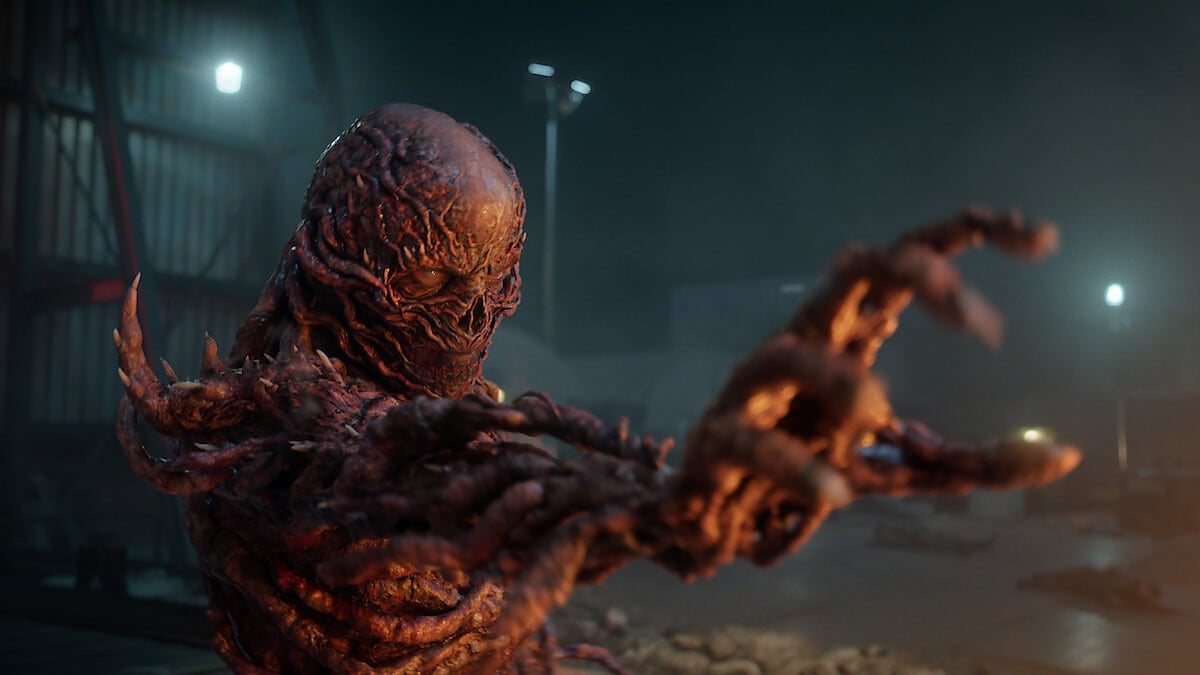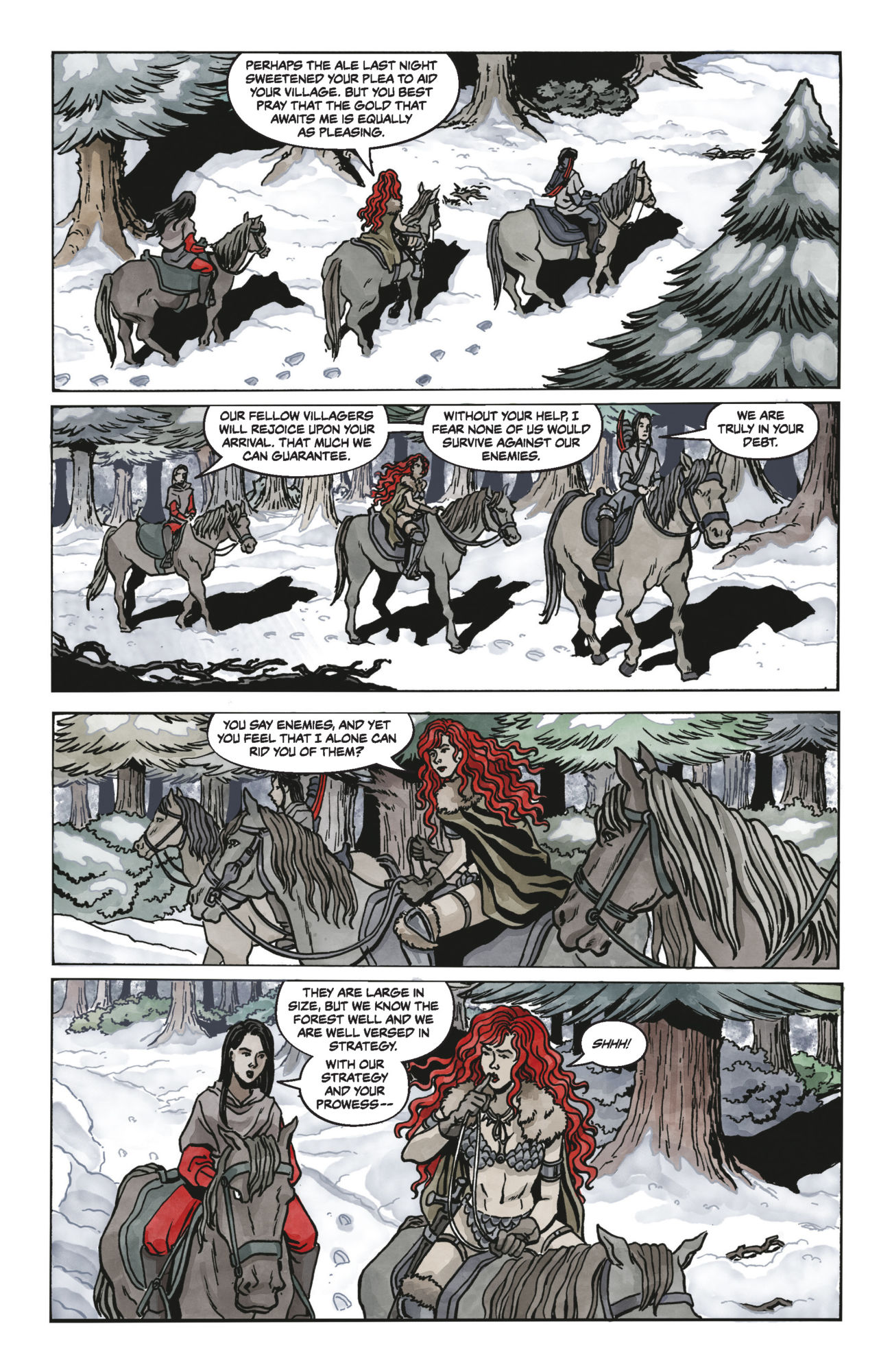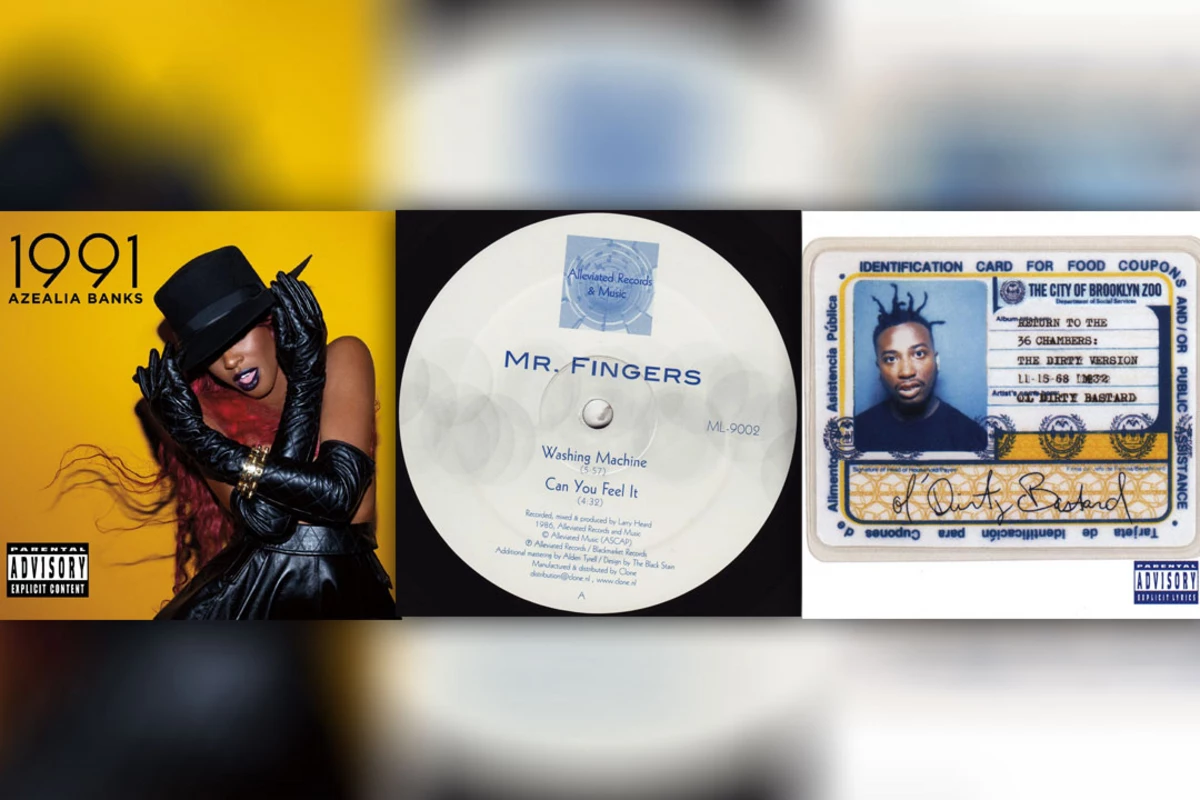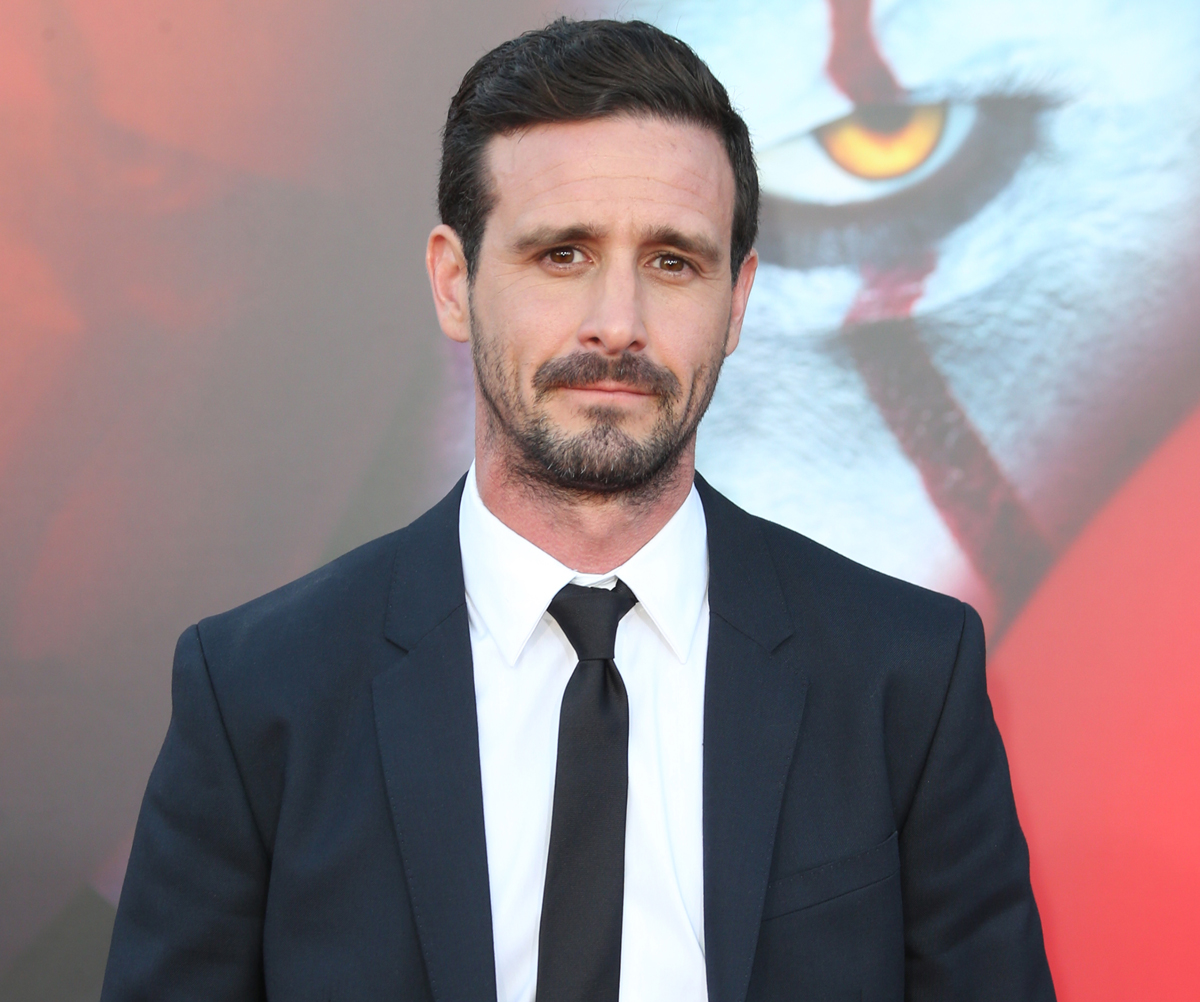
Few filmmakers demonstrate a willingness to both entertain audiences and push the act of making a film like Steven Soderbergh. His filmography contains smart crowd pleaser like Ocean’s Eleven and Magic Mike, and lo-fi, low budget experiments, such as Bubble and The Girlfriend Experience. Presence, his latest film (written by David Koepp), sort of falls into the middle of these extremes. Soderbergh works within the confines of a low budget horror film but also chases his more experimental tendencies. What results is a film that will probably not please genre purists but is a fascinating take on the experience of watching films.
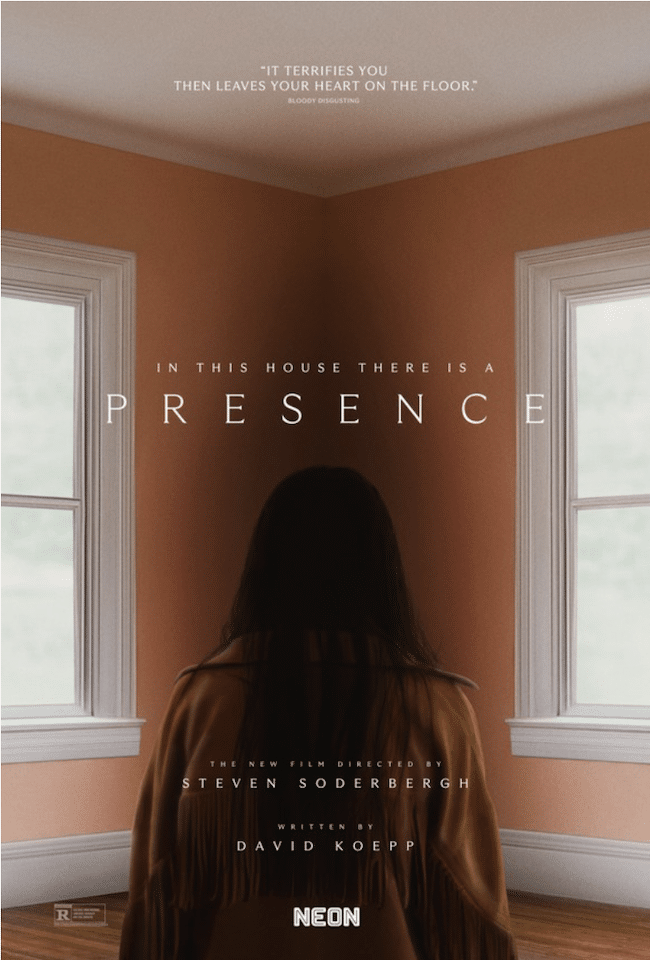

Koepp’s script sets up what you expect in a haunted house film. There is the Payne family who moves into a new home. It has a ghost. What it does that most haunted house films don’t do is come up with a plausible reason why the story never leaves the house. The audience sees everything through the eyes of the spirit haunting the Paynes, through a first person perspective.
Calling Presence a horror film might be charitable. The script by David Koepp seems more interested in the family drama rather than the family being haunted. Lucy Liu’s Rebecca is trying to dodge a potential work scandal while over doting on her athlete son. Daughter Chloe, played by Callina Liang, attempts to process the recent death of her best friend while her dad tries his best to be there for her.
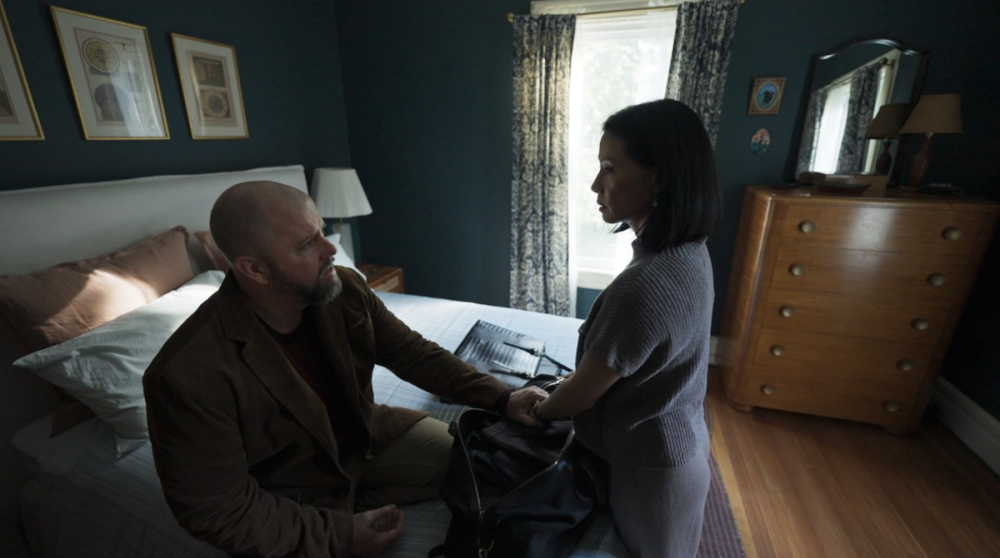

A handful of scenes do exist that would generate scares or act as set pieces to build atmosphere in a more straightforward horror film. In this film though, the visual effects seem straight out of a film by Georges Méliès. The only thing that seems at home in a genre film is a final scream from Lucy Liu at the end that’s almost Lynchian.
That almost nothing in the film truly terrifies seems to be the point though. Presence comes across as if Soderbergh watched a found footage film like Paranormal Activity and asked himself “What if this was told from the ghost’s point of view?” And by asking this question, Soderbergh creates a more potent film. A film asking viewers to think about their own role in watching a film.
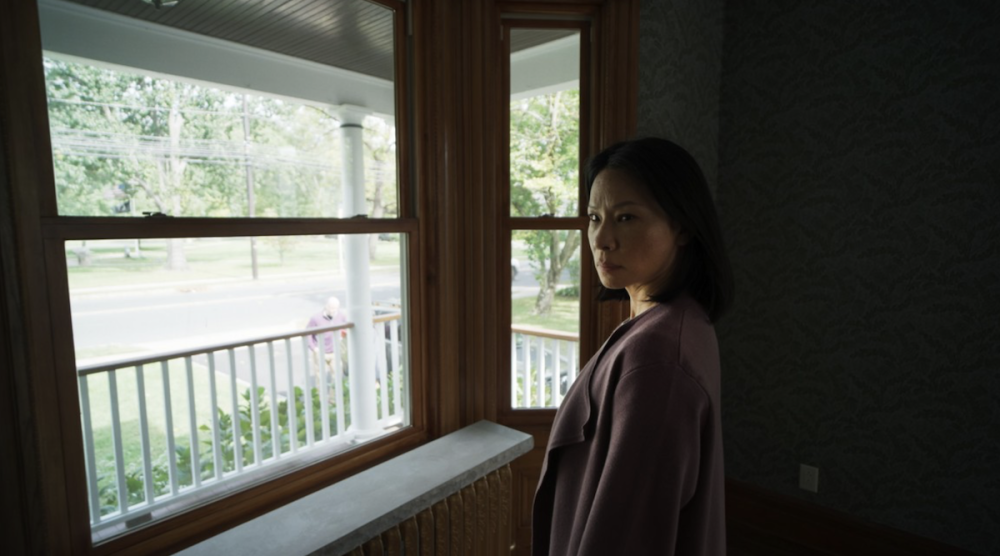

When the family consults with a psychic, she tell them that spirits interpret time differently than humans. That’s also how we watch films. Time and space are the purview of the filmmakers, and the audience is trapped interpreting that, haunting the characters they’re watching as much as the ghost in the film. When the ghost makes futile attempts to interact with the characters, it might as well be someone yelling at the screen. For Soderbergh, the real terror in a horror film lies in the audience’s inability to change or influence what they’re watching.
The latest in a trend of horror films playing with cinematic forms, such as In a Violent Nature and Skinamarink, Presence will likely test the patience of filmgoers. Soderbergh’s interests lie more in experimenting with how a story is told than pleasing people expecting gore or atmosphere. This will be a film that divides people. But Presence is thrilling in what it says about how we watch films and how they make the audience active participants in them. It tells us films can haunt us after we watch them, but not before we haunt them first.
Presence is currently playing in theaters.


